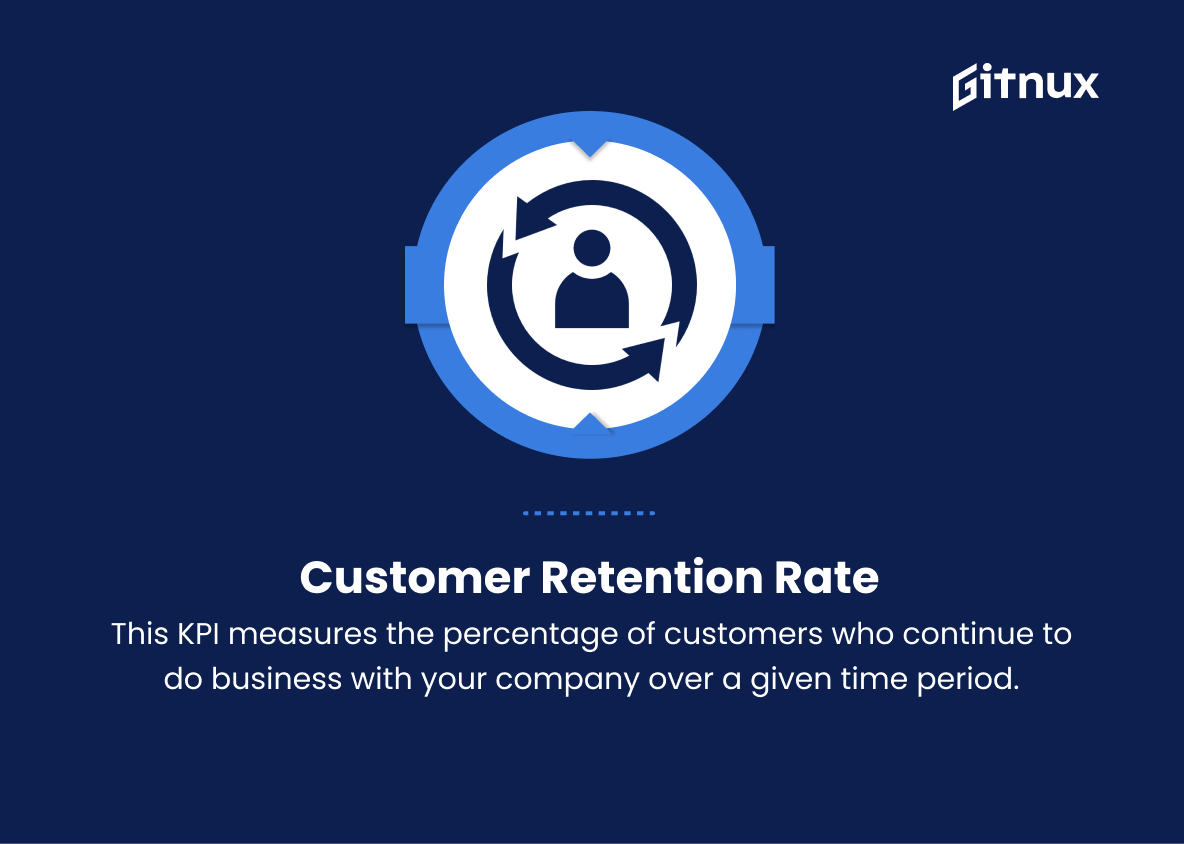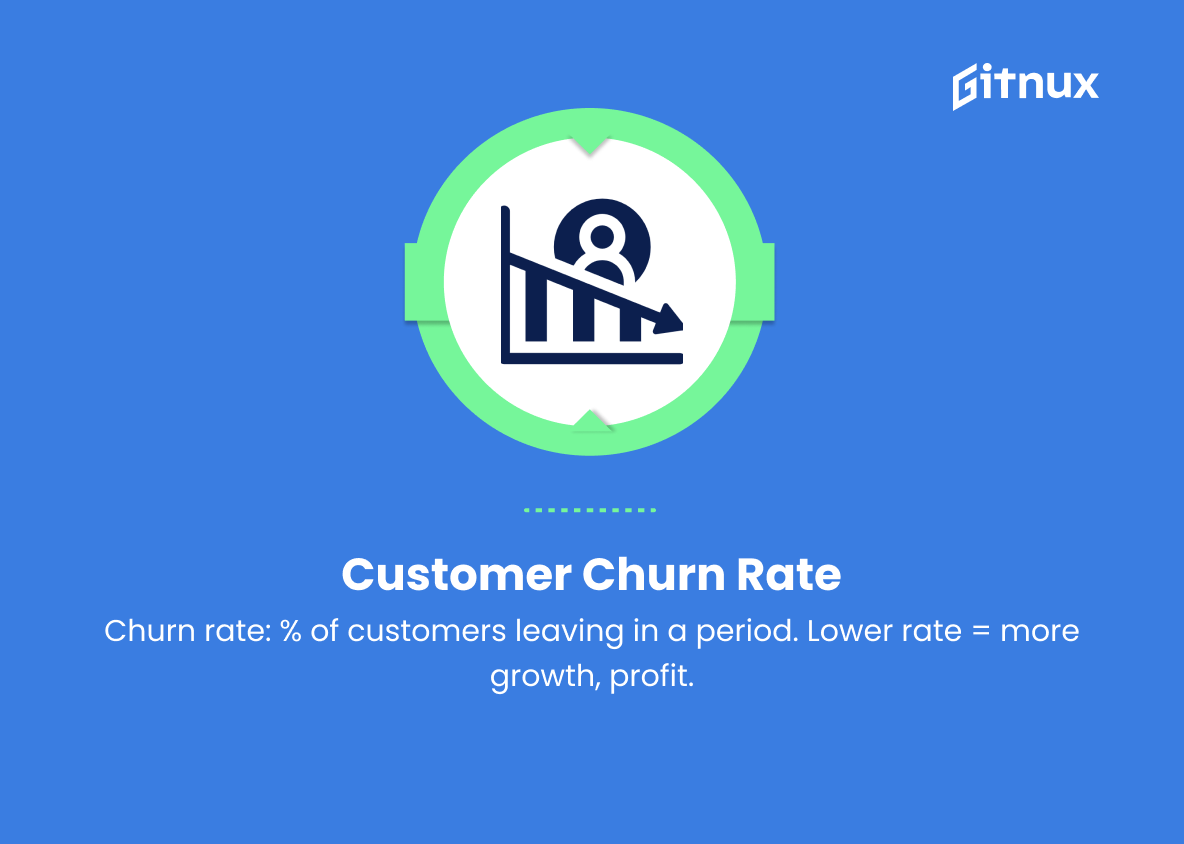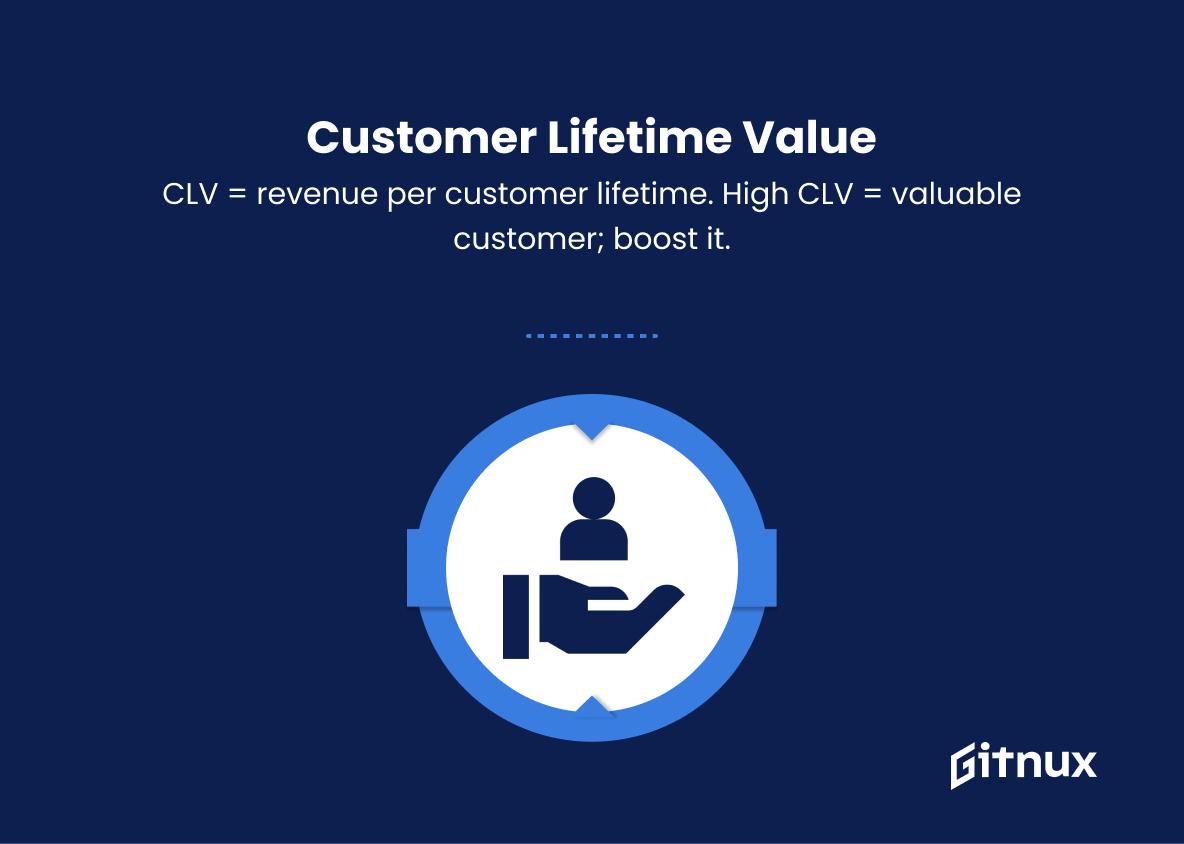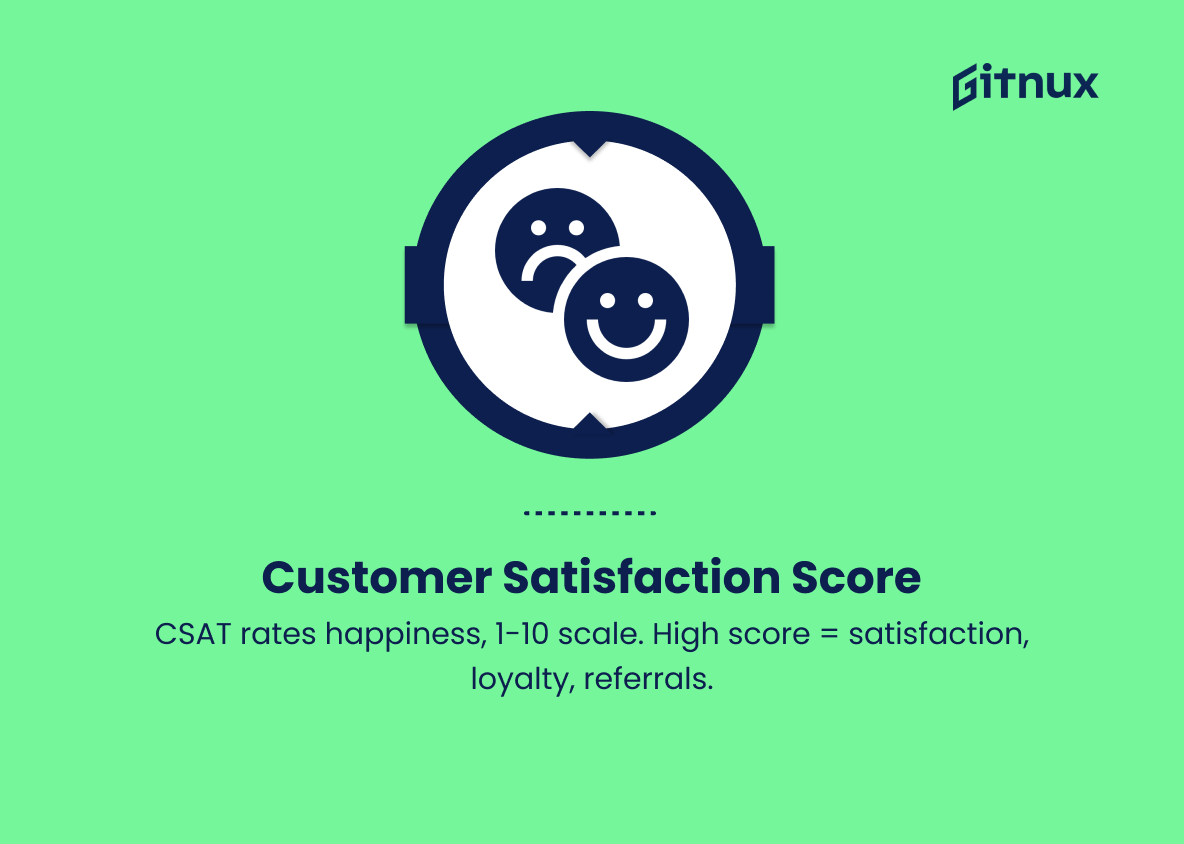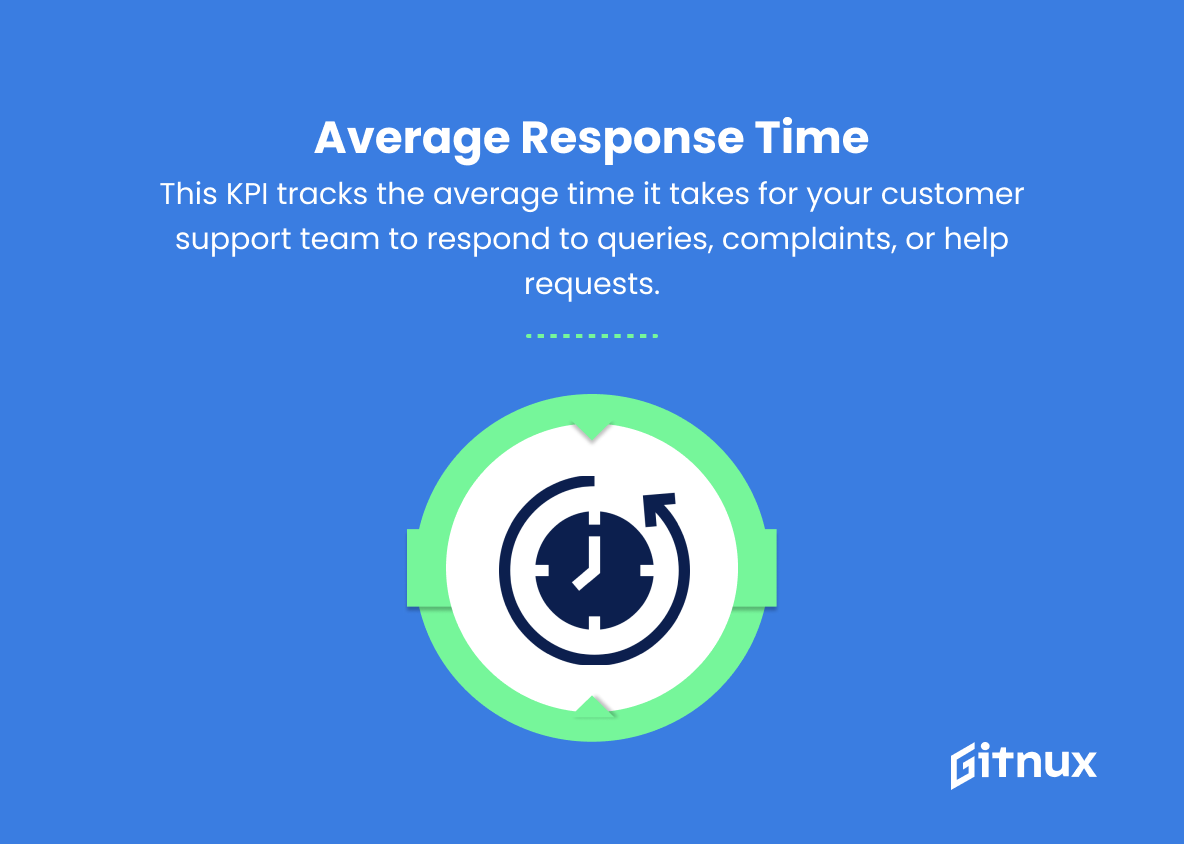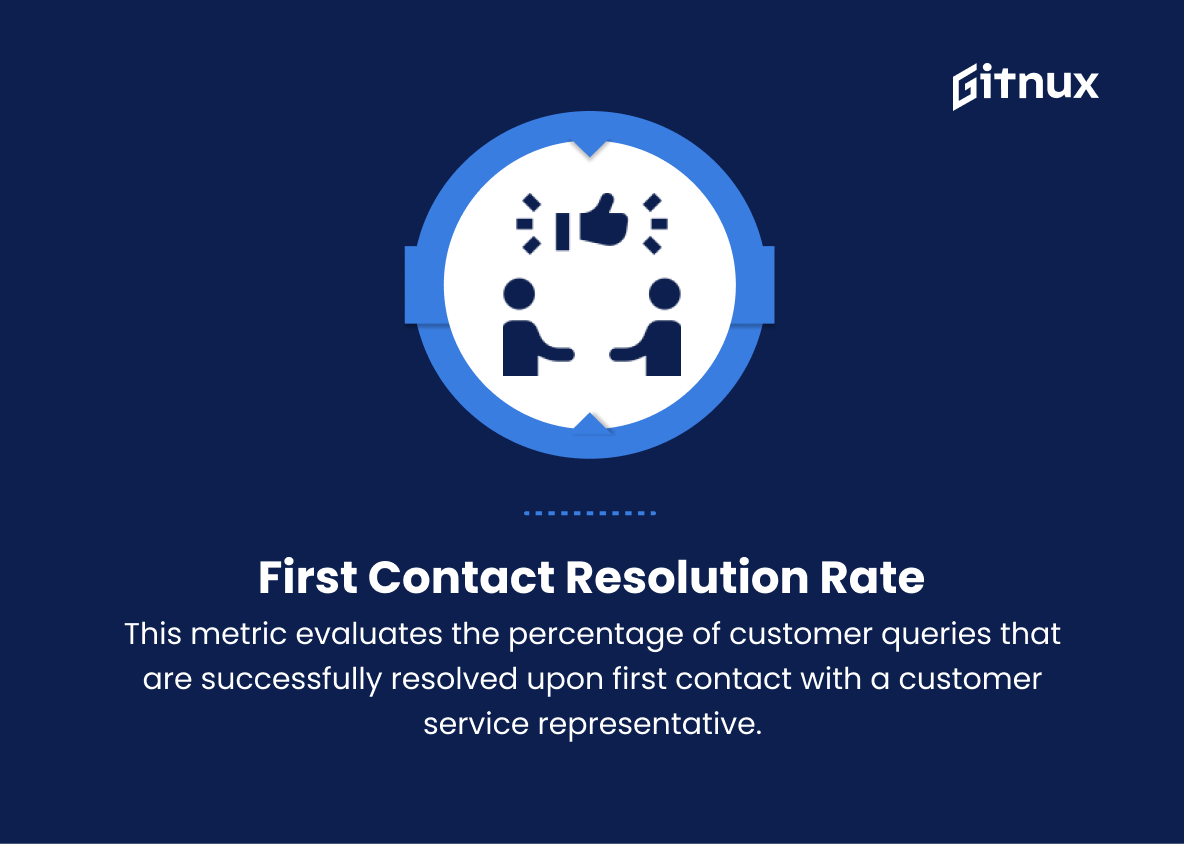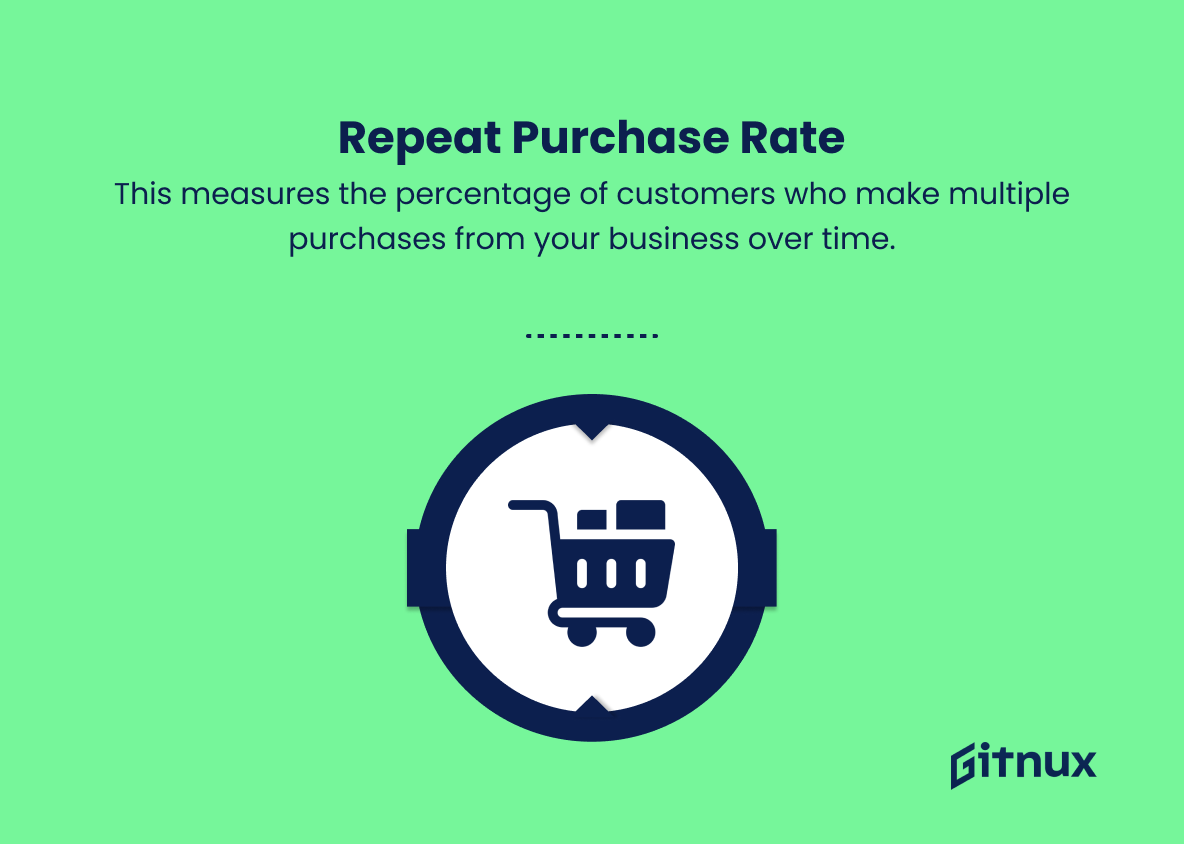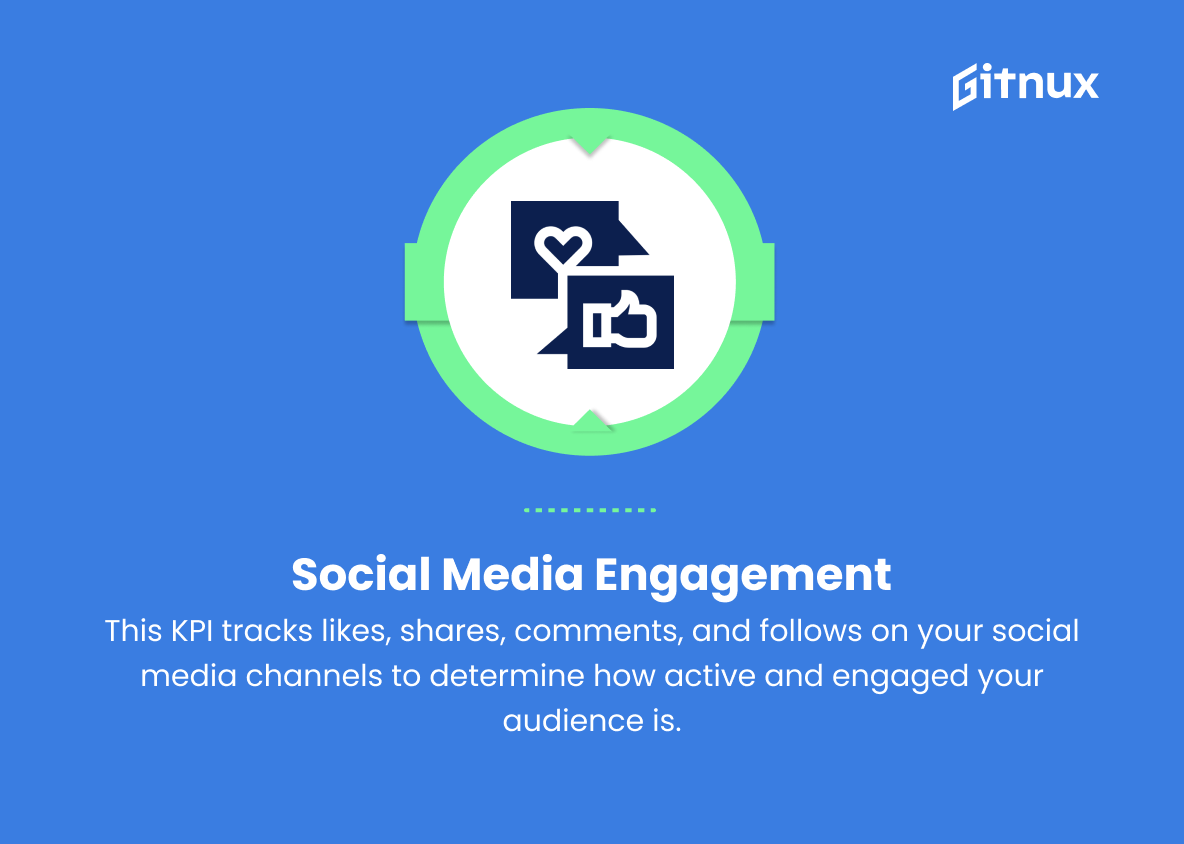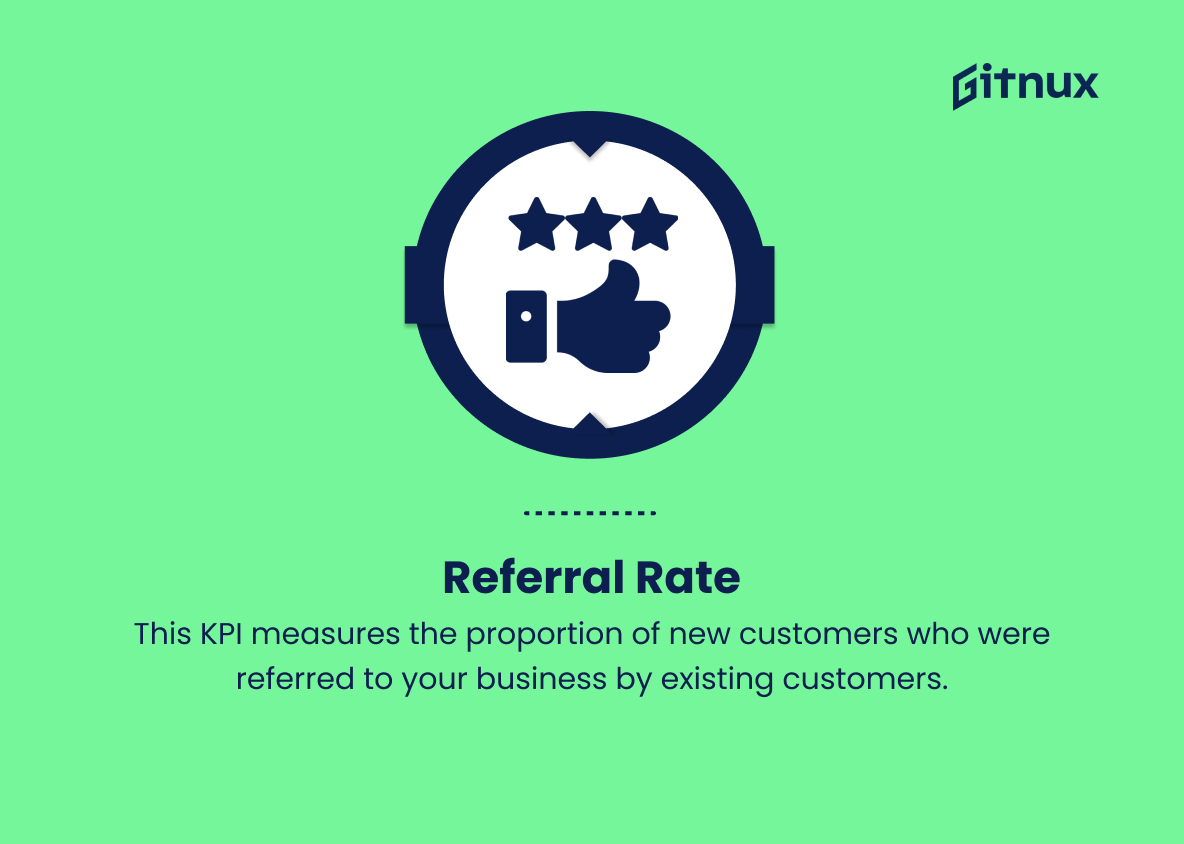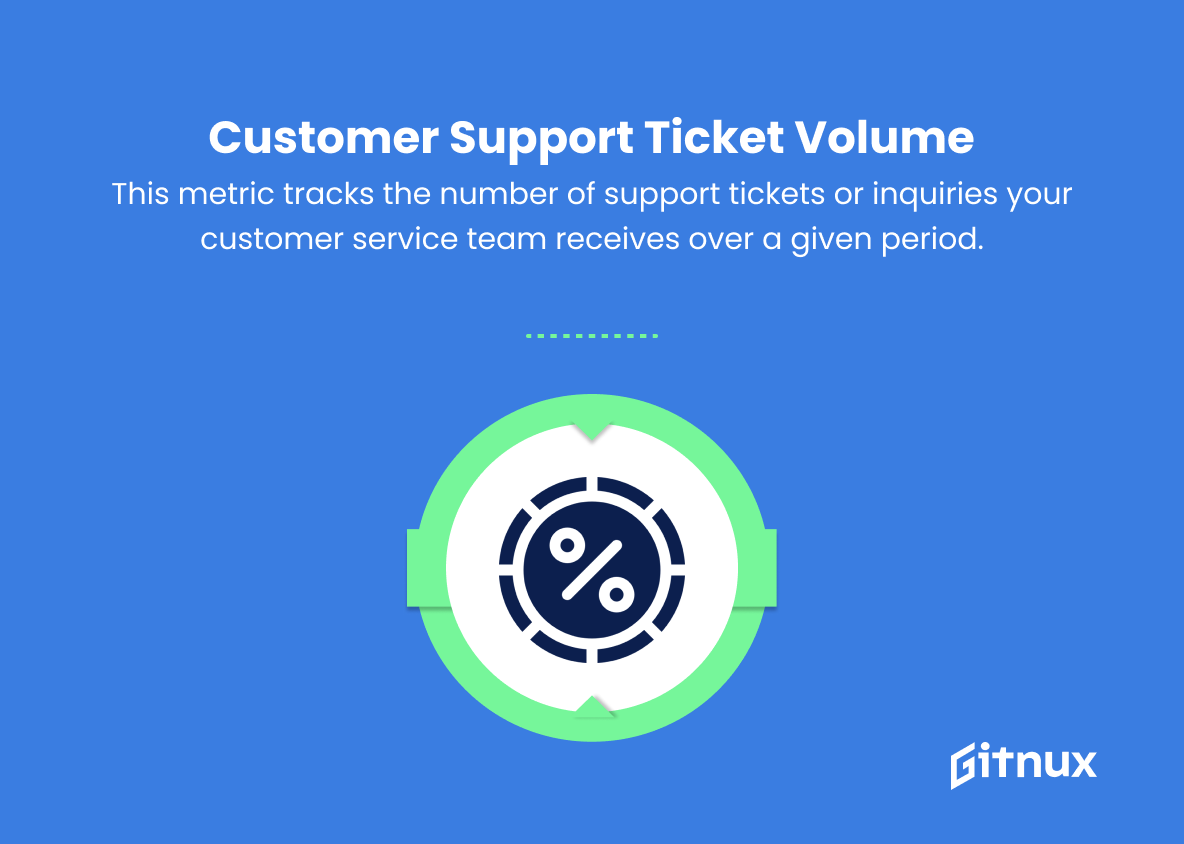In today’s competitive business landscape, driving customer engagement is crucial for ensuring the sustained success of an organization. To effectively measure and enhance customer engagement, businesses need a set of powerful tools that can identify the most critical factors driving customers’ interactions and decisions. This is where Customer Engagement Key Performance Indicators (KPIs) come into play.
These quantifiable metrics enable organizations to analyze their customers’ behavior, fine-tune their processes and strategies, and consistently deliver exceptional experiences that foster loyalty and growth. In this blog post, we will delve into the most essential Customer Engagement KPIs, shedding light on their significance, how to measure them, and how to leverage these insights to propel your business forward.
Customer Engagement KPIs You Should Know
1. Customer Retention Rate
This KPI measures the percentage of customers who continue to do business with your company over a given time period. A higher retention rate indicates better customer satisfaction and loyalty.
2. Net Promoter Score (NPS)
NPS gauges how likely your customers are to recommend your product or service to others. The score ranges from -100 to 100, with a higher score indicating a greater likelihood of recommendation and positive word-of-mouth.
3. Customer Churn Rate
Churn rate calculates the percentage of customers who stop using your product or service during a specific time period. A lower churn rate means that you are retaining more customers, contributing to the growth and profitability of your business.
4. Customer Lifetime Value (CLV)
CLV estimates the total revenue a single customer generates throughout their relationship with your company. A higher CLV indicates a more valuable customer, and customer engagement efforts should focus on increasing this metric.
5. Customer Satisfaction Score (CSAT)
CSAT measures the level of customer happiness with your product or service, usually on a scale of 1-10. A higher CSAT score indicates better customer satisfaction and can lead to increased customer loyalty and referrals.
6. Average Response Time
This KPI tracks the average time it takes for your customer support team to respond to queries, complaints, or help requests. A shorter response time can lead to higher customer satisfaction and trust.
7. First Contact Resolution Rate
This metric evaluates the percentage of customer queries that are successfully resolved upon first contact with a customer service representative. A higher rate signifies more effective and efficient customer support.
8. Repeat Purchase Rate
This measures the percentage of customers who make multiple purchases from your business over time. A high repeat purchase rate demonstrates strong customer loyalty and satisfaction with your product or service.
To effectively measure and enhance customer engagement, businesses need a set of powerful tools that can identify the most critical factors driving customers’ interactions and decisions.9. Social Media Engagement
This KPI tracks likes, shares, comments, and follows on your social media channels to determine how active and engaged your audience is. High engagement can lead to improved brand awareness, customer loyalty, and sales growth.
10. Customer Effort Score (CES)
CES assesses the ease of customer interaction with your brand, products, or services. A lower CES (i.e., higher ease of interaction) indicates a smoother customer experience, contributing to increased satisfaction and loyalty.
11. Referral Rate
This KPI measures the proportion of new customers who were referred to your business by existing customers. A higher referral rate signifies that your current customers value your product or service and are willing to spread the word.
12. Customer Support Ticket Volume
This metric tracks the number of support tickets or inquiries your customer service team receives over a given period. A high volume may indicate potential issues with your product or service or opportunities to improve your customer experience.
Customer Engagement KPIs Explained
Key Customer Engagement KPIs play a crucial role in assessing and enhancing the overall customer experience and business growth. Metrics such as Customer Retention Rate, Net Promoter Score, Customer Churn Rate, Customer Lifetime Value, Customer Satisfaction Score, Average Response Time, First Contact Resolution Rate, Repeat Purchase Rate, Social Media Engagement, Customer Effort Score, Referral Rate, and Customer Support Ticket Volume, provide actionable insights into various aspects of customer engagement.
These KPIs help evaluate customer satisfaction, loyalty, product or service reliability, customer support efficiency, and brand awareness, which collectively contribute to the long-term profitability and success of a company. By closely monitoring these KPIs, businesses can identify areas of improvement, optimize customer experience, and build lasting relationships with their clients.
Conclusion
In summary, effective customer engagement KPIs are crucial for understanding the success of your outreach efforts and adjusting your strategies accordingly. By monitoring key performance indicators such as response rates, customer satisfaction, average handling time, and churn rate, you can gain valuable insights into your customers’ preferences and behavior patterns.
Keep in mind that the data you collect should lead to actionable insights, enabling your business to make smarter decisions and create more meaningful customer experiences. So, invest time and effort in carefully selecting and analyzing KPIs that drive customer engagement, as this will ultimately lead to long-term success and profitability for your business.
